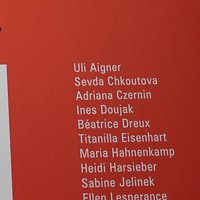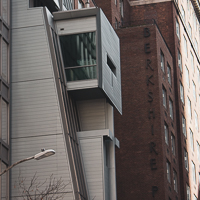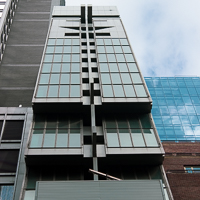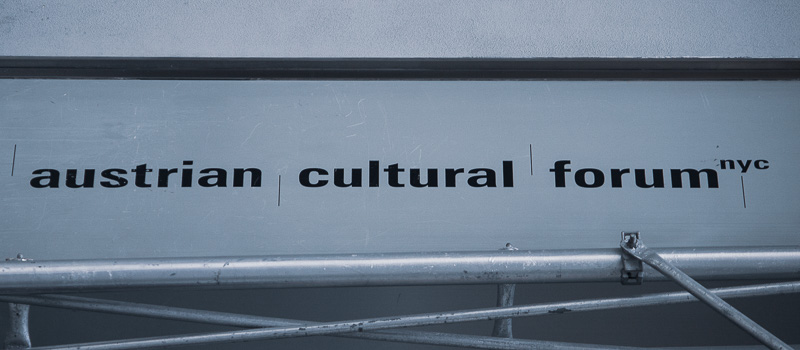
About the Museum
One of the most striking buildings in Midtown Manhattan is home to the Austrian Cultural Forum, a division of the Austrian consulate charged with celebrating and disseminating Austrian culture in the United States. With hundreds of events (usually free) throughout the year and a rotation of major exhibitions, the Forum is one of the most active and energetic of the international cultural centers in the city. Watch the calendar for something interesting, or just stop by to explore the building and immerse yourself in one of Europe's most creative cultures.

What You Will See
Visitors to the forum are greeted with impressive architecture, built in a space only 25-feet wide to display contemporary art, screen films by Austrian filmmakers, host concerts by visiting Austrian musicians and house a 10,000 volume library of Austrian literature.
Exhibitions are the most consistent reason to visit and tend towards contemporary Austrian art, though some recent shows have focused on social issues, historical moments, and literature. Time your visit for one of the many free performances, films, concerts, and lectures hosted throughout the year.

Why You Should Go
There are many options in New York for visitor's seeking to immerse themselves in the contemporary culture of another country, particularly European countries. The Austrian Forum is one of the best. Austria's long history of creativity gives it a deep well from which to draw inspiration paired while its active and socially-supported network of modern creatives advancing in a variety of fields. This is the closest you can get to the Vienna cafes on this side of the Atlantic.








